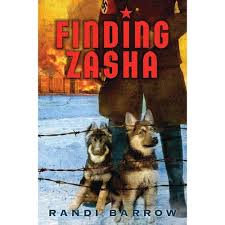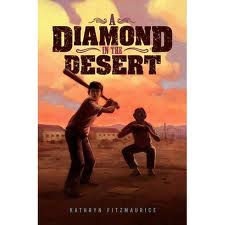“ Irena’s Children” Young Readers Edition is a true story of courage written by Tilar J. Mazzeo and adapted by Mary Cronk Farrell.
This book is about Polish woman Irena and her acquaintances ( her co-workers and her friends), who helped more than 2,000 Jewish children survive during one of the worst times of World War 2. This incredible story set in Warsaw, Poland, when Germans hunt and tried to wipe out the Jewish nation: they herded all Jewish people into separate territories, and then send them away to labor camps, or killed them. This territory is called ghetto. It was an extremely horrible place, where dogs were valued more, than people by the Nazis. Author describes in details, how it looked like: ”… children in the ghetto with no shoes, no coats, their clothes in rags. That first night some seventy froze to death. Each morning, the dead lined the streets, piled naked and covered with old newsprint and stones. The threads they had worn were taken by the living, who desperately needed warmth.Rats gnawed at the corps. Bodies also lined the streets like garbage each morning after SS men used pedestrians for target practice.” Also this story shows us, how people could be brave, strong and fearless, even like the moment, when Irena and all her friends got the children out of the ghetto, and helped in keep them safe in Aryan sector of the city. They did this, even though they were risking their, their kids’ and families. Another detail, the author shows us the desperation of the Jewish people, as they try to save their own and their kids’ life. They did unbelievable things, just to keep hope and survive, even with slim odds: “…mother threw their babies over the wall, never knowing if anyone caught them and took them to safety.”, people and children jumped between the rooftops, went through city’s sewers, hid children in the coffins, snuck them under overcoat. This book teaches us, that even in the most hopeless situation, we should never give up.
In my opinion, the book has some gruesome details, that make it hard to read in one sitting. But this is a good reminder of our history. That’s why I would recommend this book for middle and high schoolers as well, as for adults, who enjoy history.
– Marianna


